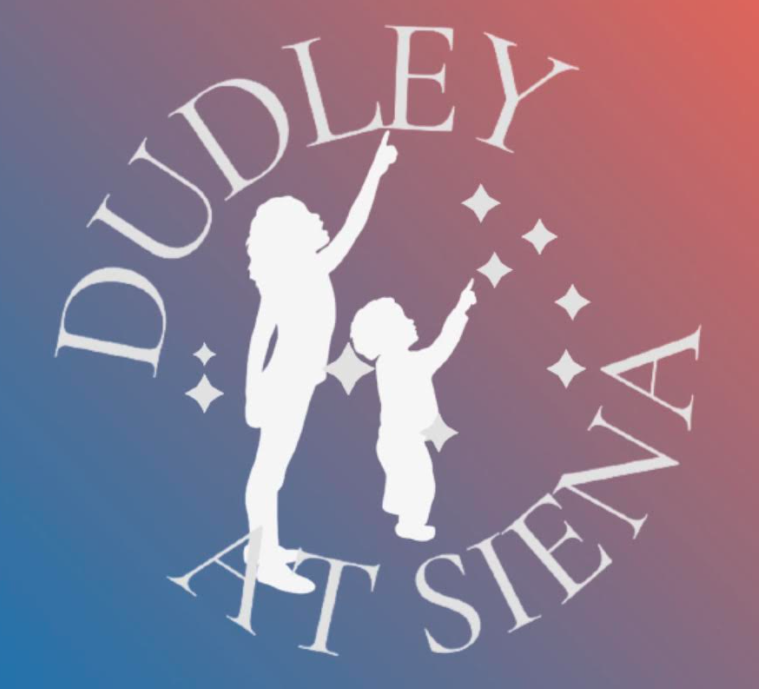Skywatch Line for Friday, June 13, through Sunday, June 15, written by Sam Salem
This is Dudley Observatory’s Skywatch Line for Friday, June 13, through Sunday, June 15, written by Sam Salem.
On Friday, Sun rises at 5:16am and sets at 8:35pm; Moon sets at 6:52am and rises at 11:03pm.
Venus, at magnitude –4.3, rises in the east-northeast just before dawn. In a telescope, Venus appears half lit, about 21 arcseconds pole to pole.
Look for red Mars in the western sky as darkness falls. Mars lies in front of the constellation Leo the Lion and set around midnight this month. Mars is drawing nearer to Regulus, the brightest star in Leo, every night. On Fridy Mars will be close to Regulus by just 2°. They’ll have a close conjunction on June 16th and 17th, passing 0.8° apart. In a telescope Mars is a fuzzy little blob 5 arcseconds in diameter. But more extended than point-like star Regulus.
Mercury emerges low on the horizon. Mercury and Mars will lie along the path the Sun travels in the daytime. Mercury will climb higher through early July before slipping away again.
Saturn, magnitude +1.1at the border of Aquarius and Pisces, rises around 2am. In early dawn, find it three fists at arm’s length upper right of Venus.
In a telescope, Saturn is a fuzzy little ball with a low surface brightness, very slightly oval, with signs of a toothpick stuck though it diagonally. The toothpick is Saturn’s rings as we see them nearly edge-on this year.
On Sunday night, Titan casts its shadow on Saturn. Titan, Saturn’s largest moon, every 15 years, crosses Saturn’s face from Earth’s viewpoint. More visibly, Titan casts its tiny black shadow onto Saturn’ globe. This will continue every 16 days until October.
Saturn is only up in view before and during dawn. Western North America will have a better chance viewing Titans shadow on Saturn.
Arcturus, the brightest star in the constellation of Boötes the Herdman, shines very high toward the south these evenings. Spica, the brightest star in the constellation of Virgo, lies about three fists at arm’s length below Arcturus. They form an almost perfectly equilateral triangle with dimmer Denebola, Leo’s 2nd-magnitude tail tip, off to their right. Sky & Telescope columnist George Lovi named this the Spring Triangle, to go with those of Summer and Winter.
The Summer Triangle stands high in the east after dark. Vega sits on the top, Deneb to Vega’s lower left, by 2 or 3 fists at arm’s length. Look for Altair farther to Vega’s lower right. Altair looks midway in brightness between Vega and Deneb. If you have a dark enough sky, the Milky Way runs across the bottom of the Summer Triangle from side to side.
